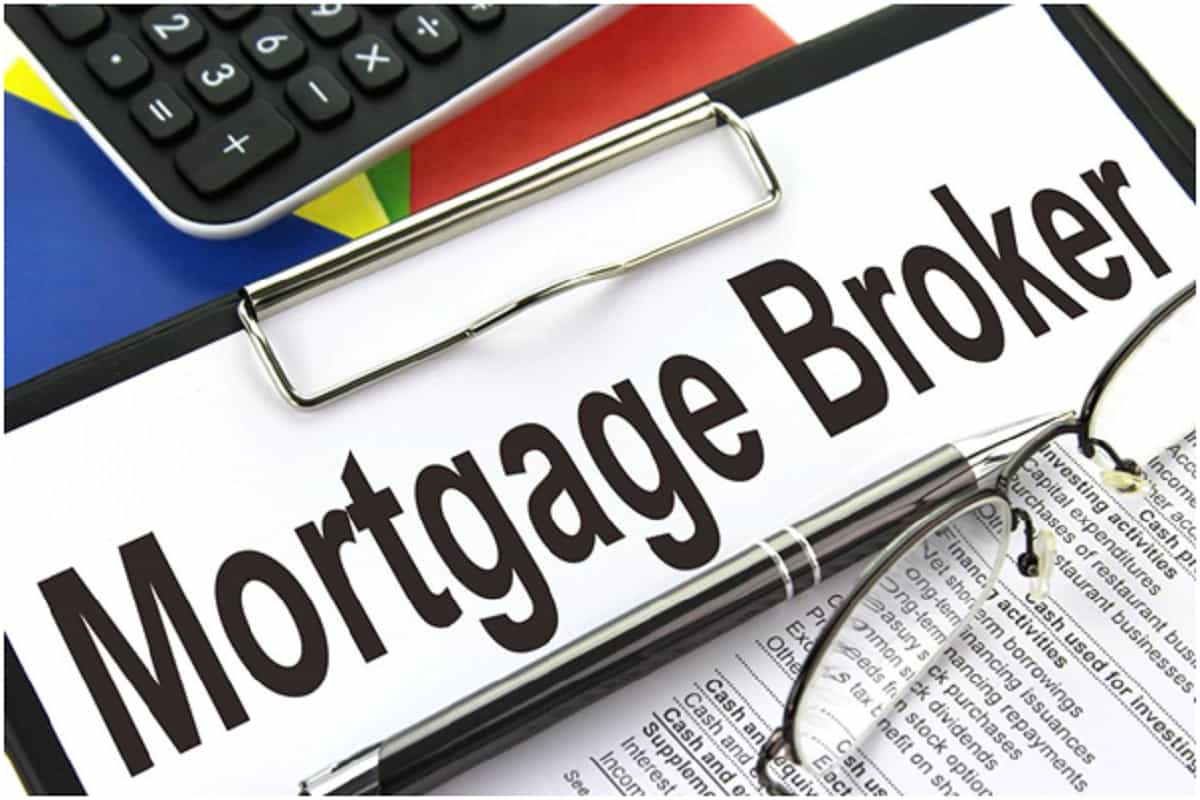Securing a mortgage is one of the most significant financial decisions you will make in your lifetime. It can be both exciting and daunting as you navigate through the complexities of the process. Understanding the basic concepts and what to watch out for can save you from potential pitfalls and make the journey smoother.
What is a Mortgage?
A mortgage is a loan taken out to buy property or land. Most run for 25 years but the term can be shorter or longer. The loan is ‘secured’ against the value of your home until it’s paid off. If you can’t keep up your repayments, the lender can repossess (take back) your home and sell it so they get their money back.
Types of Mortgages
Fixed-Rate Mortgages
With a fixed-rate mortgage, the interest rate remains the same for a specified period, typically between two to ten years. This can provide peace of mind as your monthly repayments will stay the same, making budgeting easier.
Variable-Rate Mortgages
In a variable-rate mortgage, the interest rate can change at any time. Your payments could go up or down depending on changes in interest rates. These come in various forms:
- Standard Variable Rate (SVR): This is the lender’s default rate, also known as the reversion rate.
- Discount Mortgages: Offer a discount off the lender’s SVR for a certain period.
- Tracker Mortgages: The interest rate tracks the Bank of England base rate or another base rate.
Understanding Mortgage Interest Rates
The interest rate is a crucial element in determining the overall cost of a mortgage. It can either be:
-
Get more information at Stallion Loans here.
- Fixed: The rate is set for a certain period.
- Variable: The rate can change, affecting your repayments.
When considering a mortgage, it’s essential to compare Annual Percentage Rates of Charge (APRC) – the overall cost for comparison – which includes the interest rate and any fees you’ll have to pay.
The Mortgage Application Process
Applying for a mortgage involves several steps:
Step 1: Check Your Credit Score
Lenders will look at your credit score to determine your eligibility for a mortgage. A higher score generally means better terms.
Step 2: Assess Your Financial Situation
Calculate your income, expenses, and any existing debts to determine how much you can afford to borrow.
Step 3: Choose the Right Mortgage
Compare different types of mortgages and lenders to find the one that best suits your needs. Consider using a mortgage broker for expert advice.
Step 4: Get Pre-Approved
Before house hunting, it’s beneficial to get pre-approved for a mortgage. This shows sellers you’re a serious buyer and can afford the property.
Step 5: Complete the Application
Submit the required documentation, including proof of income, credit history, and personal identification. The lender will then assess your application.
Final Thoughts
Securing a mortgage can be complex, but understanding the basics and what to expect can make the process less intimidating. Take the time to research and consider your options carefully. With the right preparation and knowledge, you can find a mortgage that suits your financial needs and helps you achieve your dream of homeownership.




